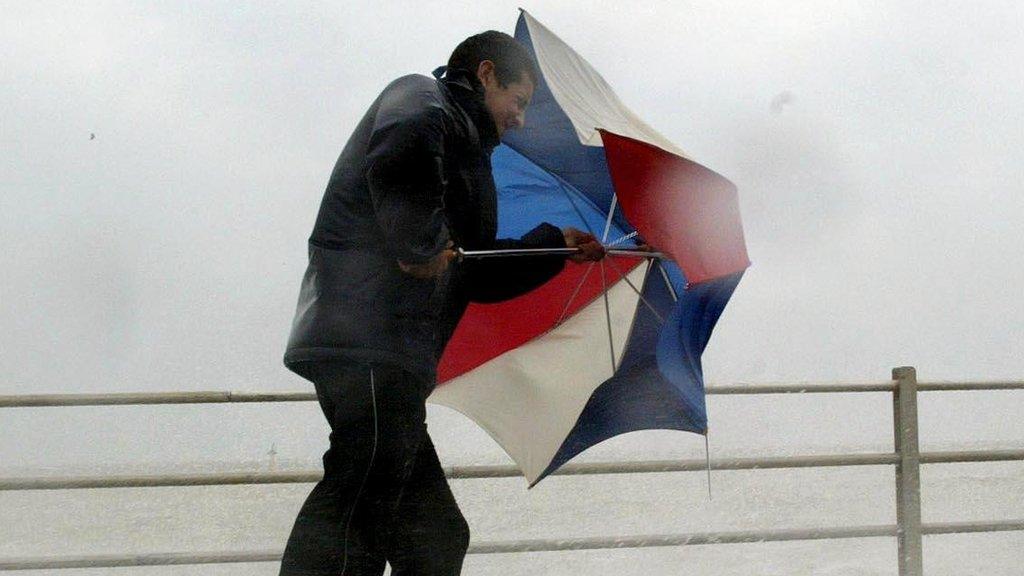Extreme weather: What's the difference between hurricanes, cyclones and typhoons?
- Published
WATCH: BBC Weather presenter Simon King explains what hurricanes, cyclones and typhoons are
Hurricanes, cyclones and typhoons are all types of tropical storms. But what's the difference between them?
Well, they are all basically the same thing, but are given different names depending on where they appear.
Lets find out more.
What's the difference between hurricanes, cyclones and typhoons?
Hurricanes are tropical storms that form over the North Atlantic Ocean and Northeast Pacific.
Cyclones are formed over the South Pacific and Indian Ocean.
Typhoons are formed over the Northwest Pacific Ocean.
Why do storms have names?
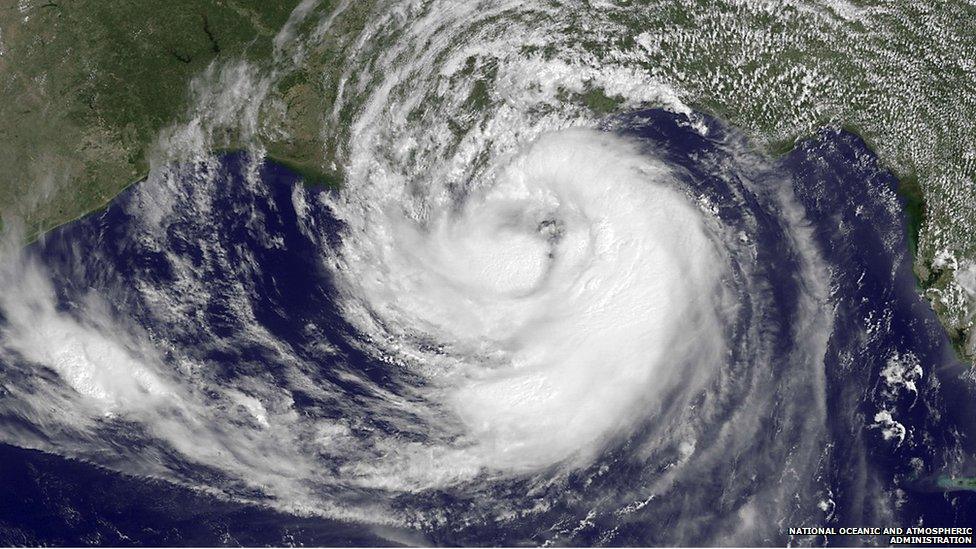
Tropical storms last a long time and are given names so they can be identified quickly.
In most places, the first storm of a year will have a name beginning with A, such as Hurricane Alice, and the next one gets a name beginning with B.
Weather scientists hold meetings to decide on new names for the next year.
They are named by the first country they affect, and usually that is the name everyone uses from then on.
Names of storms which cause a lot of damage are never used again.
What happens in a tropical storm?
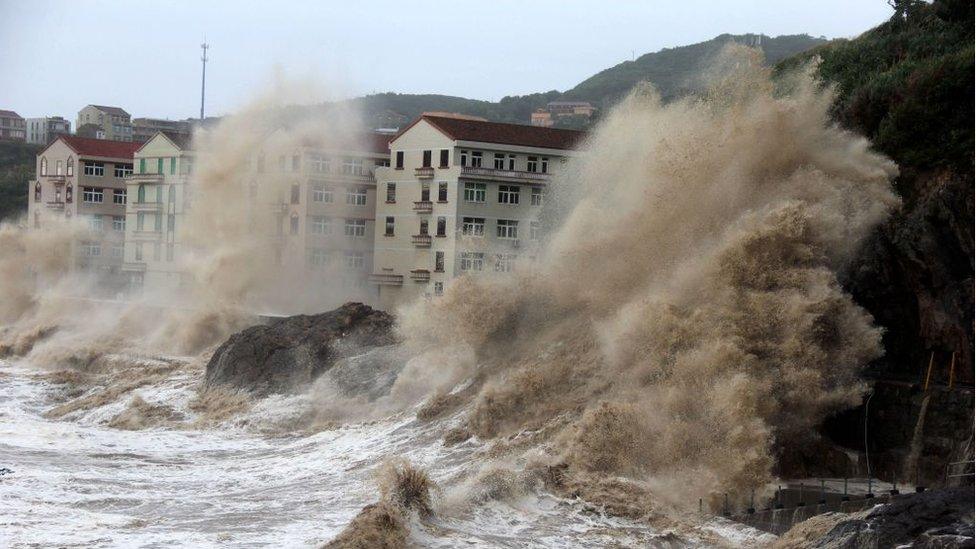
Typhoons can whip up big waves
Air rises quickly when it is heated by warm sea water.
As the air cools down again, it is pushed aside by more warm air rising below it.
This cycle causes strong winds. Tropical storms have winds faster than 73 miles an hour.
What damage do tropical storms cause?
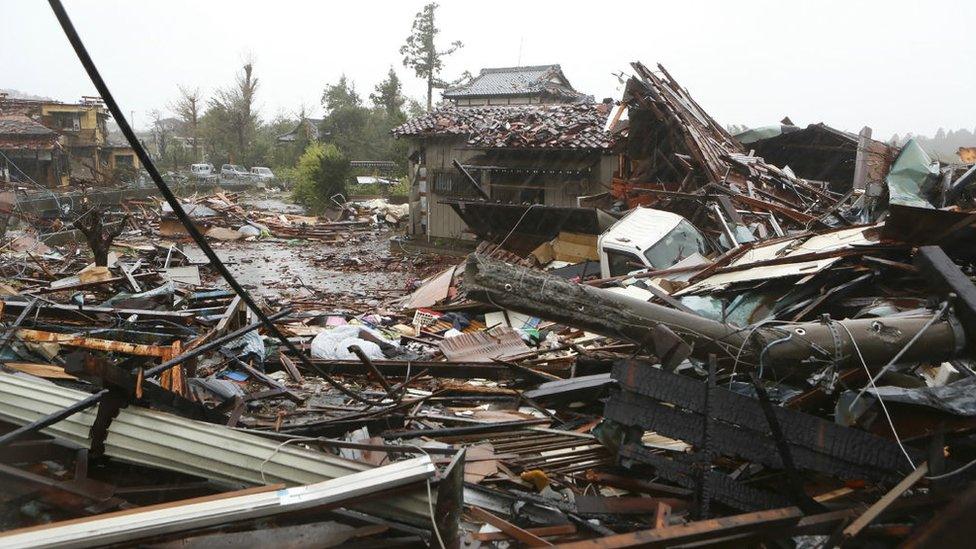
These homes in Japan were destroyed by a typhoon
Over the sea, a tropical storm can whip up huge waves.
When these waves reach land they can flood large areas, including towns and cities.
Over land, the strong winds can cause a lot of damage - they can flatten homes, knock over trees and even tip over cars.
Tropical storms usually die out after a few days over land because there is no warm sea water there to power them.
How are storms categorised?
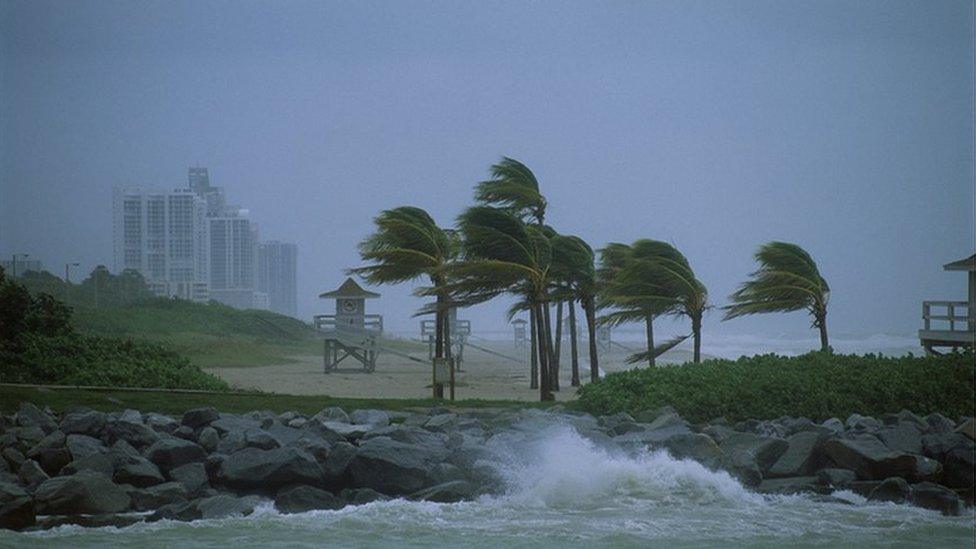
In the United States, hurricanes are classified on a scale of 1-5 with Category 5 being the most intense.
That's based on the Saffir-Simpson Hurricane Wind Scale, which looks at factors including the storm's sustained wind speed.
Storms reaching Category 3 and above are considered "major hurricanes" and significant weather events because of their potential for damage to property and loss of life.
Tropical cyclones that occur within the Southern Hemisphere are monitored by tropical cyclone warning centres and are also often categorised this in similar way, mon a scale of 1-5.
Typhoons are only officially called Typhoons when powerful storms are measured to have passed through the grading measurements of Tropical Storm and Severe Tropical Storm.
The most powerful and destructive Typhoons are called Super Typhoons.
What is a weather state of emergency?
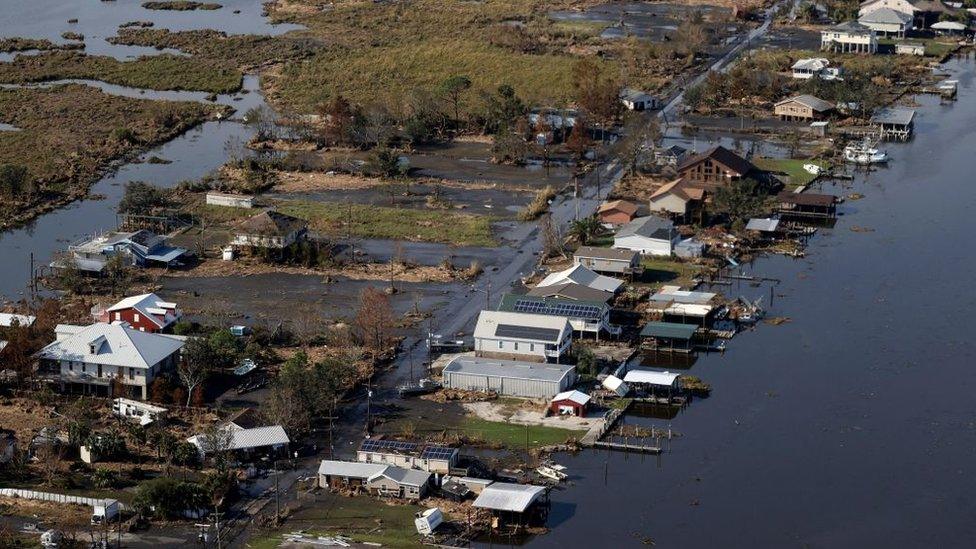
Aftermath of Hurricane Ida in US state of Louisiana
In times of great danger - perhaps following a natural disaster like a cyclone - the government can declare a state of emergency.
This means the government stops performing its day-to-day duties and instead focuses on solving the situation.
- Published15 November 2023
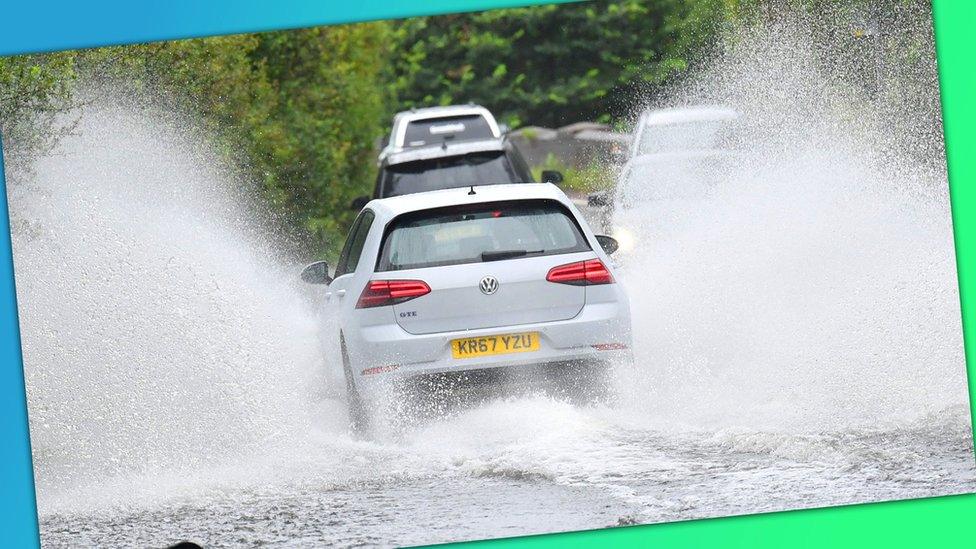
- Published14 December 2017
